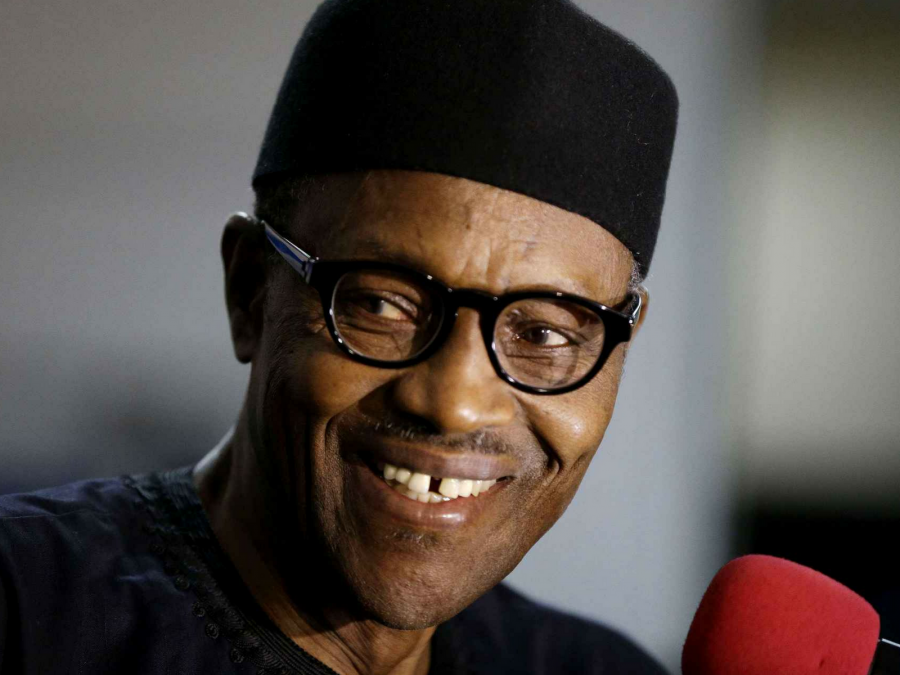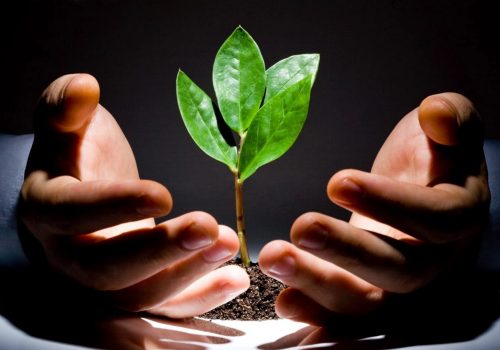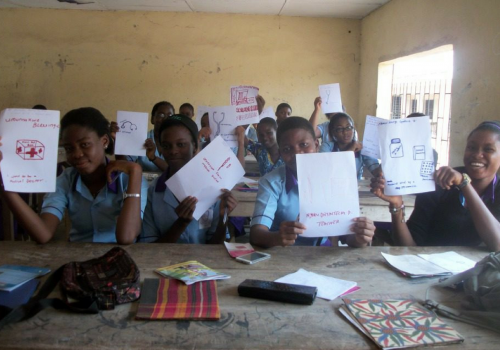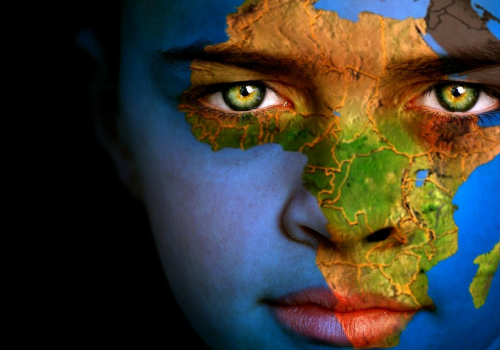26 Things We Learned about Africa in 2015
There was a lot of the familiar and a few of the new in Africa in 2015:
1. Some 89.3% of Gabonese have access to electricity. This is the highest in mainland sub-Saharan Africa, second to only Mauritius and Seychelles. The oil-rich Central African country is already the most urbanized on the continent, according to the UN, with 87% of its 1.7 million people living in urban areas.
2. Ethiopia’s growth continues to set the trail ablaze —between 2004 and 2014 it grew an average 10.9%, only China has ever managed to exceed 6% annually. But this growth, which the World Bank terms “statistically exceptional”, was delivered in rather unorthodox ways or better yet the “Ethiopian Way”.
3. Zimbabwe has recently been seen as an economic basket case, but it is seemingly possible for donors to carry a country past its level despite the best efforts of its politicians. A new UN quality of life showed that the country most improved standards for its citizens between 2010-2014 in Africa.
4. Staying with Zimbabwe, its soon-to-be 92-year-old President Robert Mugabe, is showing signs of frailty, and is presiding over an equally donor-dependent economy as his ruling Zanu-PF is riven by a power struggle. We discovered how he will end, from none other than his wife Grace, a potential successor. She revealed that despite his failing strength, he still has no equal, and when he can’t walk, they will carry him to rallies to address “in a wheelbarrow”, no less. The powerful Zimbabwe Veteran’s Association is of the same view, except they prefer more comfortable transportation for the veteran leader. They said they would carry him to campaign in a wheelchair.
5. The politics aside, South Africa’s economy is still very much in charge. President Jacob Zuma’s baffling and ill-judged juggling of finance ministers was only righted when Big Business painted a stark picture of the looming apocalypse. “You are on your own”, was the clear message by key party backers who faced their own interests being wiped out. Even for Zuma, who has mastered patronage politics, it was all too much. It was one of the most dramatic cases in Africa where big business interests made a president blink. Zuma’s dented image is seen to have taken one of its biggest beatings in the fumbling.
6. Prayers can be called on to complement economic policy. In October, Zambia president Edgar Lungu ordered a national day of prayer to help an economy that at the time had the world’s worst performing currency, saying that the counsel of the wise (economic experts) had failed. It is now the world’s second worst performing currency of 2015, after Kazakhstan’s tenge. Perhaps when the Bible implores the faithful to give to God what is God’s and to Caesar what is Caesar’s, it has a point, after all.
7. Even famously boisterous Nigeria can toe the line. The clean-up effort by president Muhammadu Buhari after the opposition defeated the ruling party for the first time led to the phrase “The fear of Buhari”, which on first impression suggests it is all very real, as things from oil refineries to agencies start to work again, as South Africa’s MTN found its operation in Nigeria was slapped with a $5.2 billion fine – the largest ever in Africa – for failing to disconnect 5 million unregistered users. The question is whether this fear will be sustainable.
8. China has military ambitions in Africa, despite vigorous protestations and friendly summits with the continent. Beijing, which this year for the first time sent in its first peacekeepers to Africa, is now finalizing a naval base deal with strategic Djibouti, with Namibia seemingly next.
9. The African Union is looking to add some bite, as it has threatened Burundi with the forcible deployment of troops, citing extreme circumstances of the conflict in the country. If it manages to deploy it will have silenced critics who see it as toothless and nothing more than a strongmen’s talking club.
10. We are on the way to a generation free of AIDS, good news especially for Africa that has been hardest hit. Impressively, a lot of the progress is coming from African governments investing more and more of their own money, as reliance on donors slows.
11. The growing of cereals/fiber crops and the raising of dairy cattle are the jobs that have the highest risk of computerization, because they have the least creativity, according to a new study, Creativity versus Robots. Tough news for a continent where agriculture is by far the biggest employer.
12. In addition to having more money transfer firms than banks, some 95% of Somali banknotes (only the 1,000 shilling denomination exists) are counterfeit. Most of them, though, are accepted for trade in the country.
13. The African technocrat president is no more, after a series of stunning reversals that have seen military men and veteran politicians romp back to power, coinciding with the rise of security and non-state actors without return addresses as the continent’s major concern.
14. The African middle class is still fragile, with many just a pay check or two away from poverty, when their assets and not consumption are used as the yardstick… Eighteen million, not 300 million.
———-
———-
15. Djibouti could become Africa’s first green super-power. Dependent on fossils but with a population of just 850,000, its target to be completely reliant on renewable energy by 2020 is tantalizingly within reach, on the back of investment cash.
16. As the world grapples with carbon-fueled climate change, there are oil, gas, and especially coal reserves that must remain unexploited if the earth is to escape an environmental catastrophe, otherwise termed “unburnable carbon”. For Africa, 23 billion barrels of Africa’s oil, or 21% of the continent’s proven oil reserves must remain unexploited if global temperatures are to hold at two degrees Celsius. That’s equivalent to the entire proven oil reserves of Angola, Chad, Congo-Brazzaville, Egypt, Equatorial Guinea and Gabon – combined.
17. Johannesburg is a massive urban forest, with at least as many people (5 million) as trees, perhaps more (5 – 7 million). There are also at least 2,000 parks.
18. Apple Inc’s massive profits in 2015 could do wonders for the continent. By some estimates, it would be one of the top 10 largest economies in Africa; it could build eight light rail systems for every country in Africa, each with its own power grid; it could pay off Africa’s debt for 2.5 years. Imagine the impact an African company the size of Apple could have on the continent’s story.
19. Muhammadu Buhari’s electoral victory in March 2015 was celebrated as an African rarity, but it wasn’t – at least 19 African incumbent leaders have been defeated at the ballot box, and if you count various transitional arrangements, the number rises to 25.
20. Africa’s Internet revolution is real, but we’ve barely scratched the surface: submarine cables now provide 20-times more international bandwidth than was the case in 2010. In sub-Saharan Africa, bandwidth increased 39% in 2014-2015. Still, submarine cables have been designed with vast capacity, and by mid-2015 barely 8% of capacity in Africa was being fully utilized.
21. The mobile phone comes first in Africa, before electricity, water, roads or toilets. Mobile service is usually the first form of infrastructure to be rolled out in Africa; in most African countries, cell service is universal or near-universal. By contrast, just 30% of Africans live in areas with sewerage services.
22. Almost half of Africa’s urban population lives in slums and informal settlements.
23. In the next 35 years, Africa will need to accommodate almost 900 million new urban dwellers, which is equivalent to what Europe, USA, and Japan combined have managed over the last 265 years.
24. 85% of Africa’s urban population is not eligible or able to secure formal housing loans because of poverty and high borrowing costs. The low ratio of outstanding mortgages to GDP in Africa (10%) highlights that urban Africans lack financial tools to access property. In Europe and the USA, this ratio is 50% and 70% of GDP respectively. Excluding the North African countries reduces the ratio to only 1% for sub-Saharan Africa.
25. China grabs all the headlines, but Japan invests three times more project money in Africa than China does, only with a much quieter and below-the-radar approach.
26. 2015 has been the year of the migrant crisis, but traversing the Mediterranean on a rickety boat isn’t actually as perilous as media reports have made it appear – statistically, at least. Last year, for example, at least 3,500 asylum seekers and migrants died while crossing the Mediterranean Sea to southern Europe. But 219,000 people successfully made the crossing. That translates to a “journey success rate” of 98.4%.
Source: Mail&Guardian Africa





